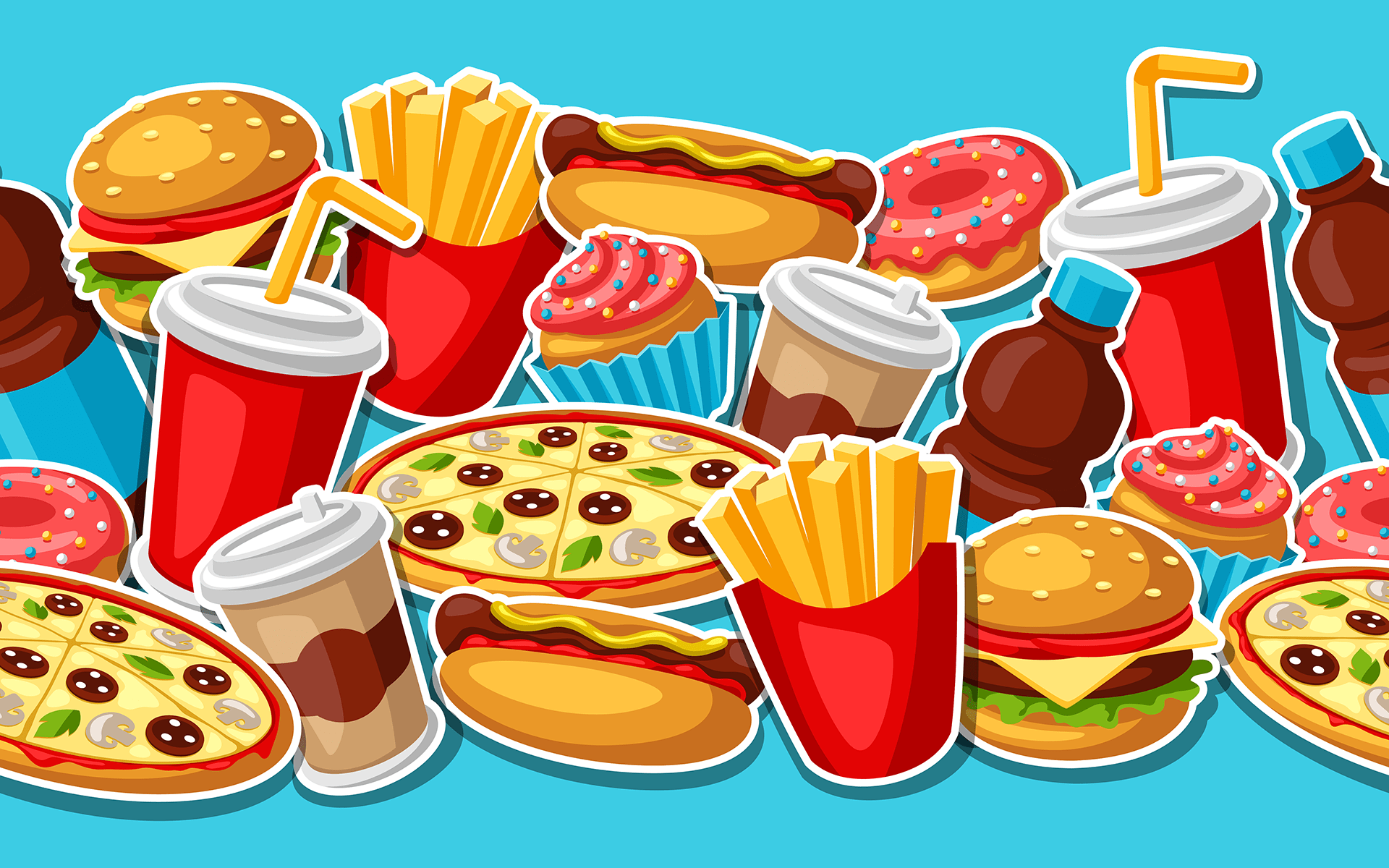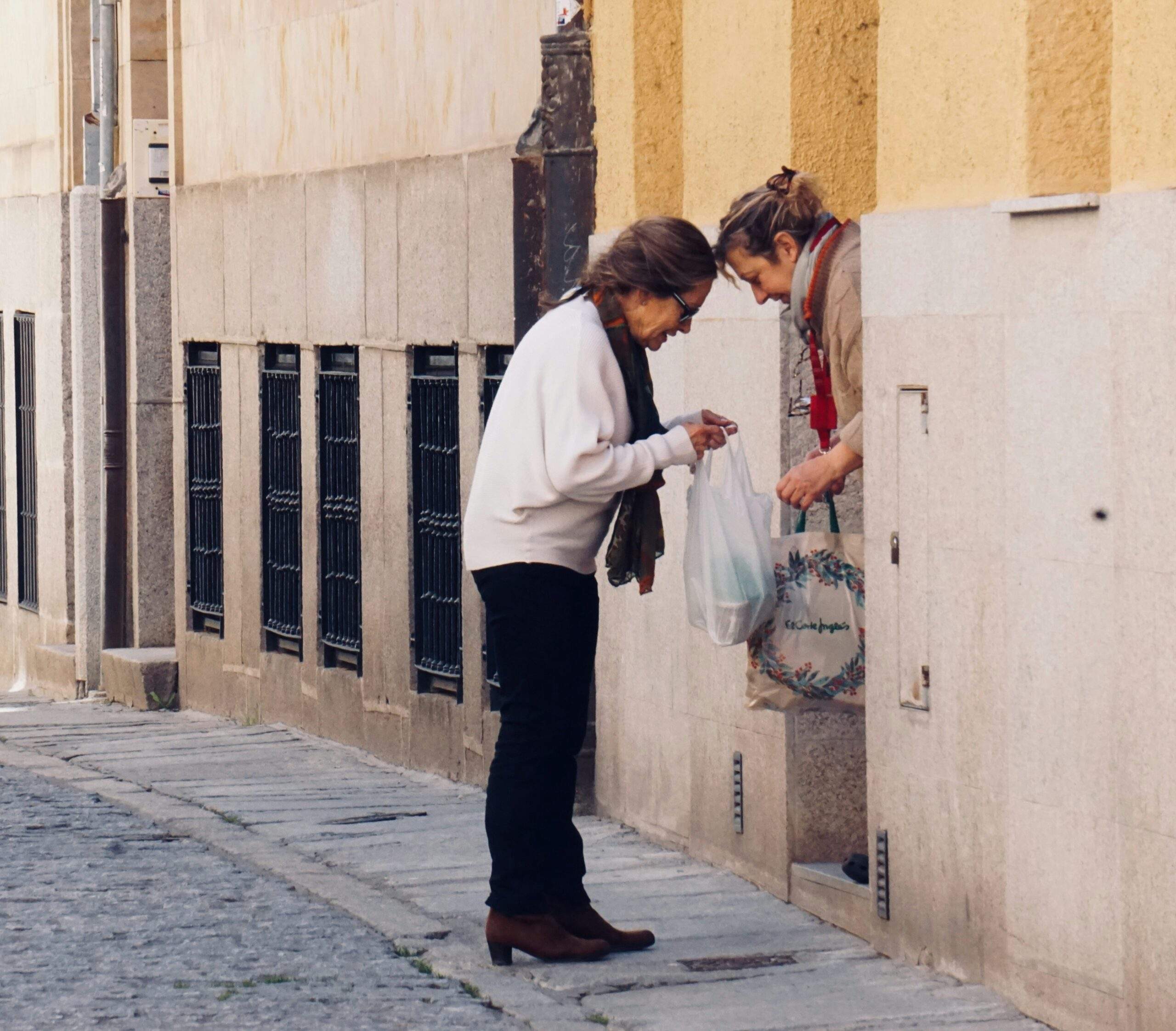Why are bad habits so hard to break? What if the bumper sticker “Just Say No!” actually works against us? If willpower were the answer to breaking bad habits then we decisions wouldn’t have drug addiction or obesity. There’s something going on in our brains where we literally lose the ability for self-control, but all hope isn’t lost.
Nora Volkow, head of the National Institute on Drug Abuse calls the phrase “Just Say No!” “magical thinking.”
It appears that dopamine is one of the main chemicals regulating the pleasure center of the brain. At the most basic level, it regulates motivation—it sends signals to receptors in the brain saying, “This feels good!”
Whether you’re a heroin addict and you see an association to heroin, you’re a caffeine addict and you see a cup of coffee, you’re a phone addict and you see another person pick up their phone, or you’re hungry and you see some good-looking food, your brain rushes with dopamine and that is now caught on brain-scanning machines.
The fascinating thing is that Volkow has found that the images alone affect the rise of dopamine in our brains. So if we pass a McDonald’s and see the arches, our brain associates that with a tasty hamburger (for some) and shoots up dopamine. That good feeling will unconsciously drive the motivation to go in and get a Big Mac. It’s a conditioned response. The same goes for anything including most likely our relationships to our phones.
What can we do?
It makes sense why more and more addiction centers are integrating mindfulness into their curriculum. Mindfulness practice has been shown to activate the prefrontal cortex and cool down the amygdala. This gives us the ability to widen the space between stimulus and response where choice lies and access possibilities and opportunities we didn’t know were there before. This is crucial when it comes to our addictive behaviors to take a step back, “think through the drink” and recognize the various options that lie before us.
For years I’ve taught workshops on the neuroscience of bad habits and how to begin to break free from them (Have one coming up here October 25th). We can learn to step into the pause, notice the sensation of the urge that’s there and as the late Alan Marlatt, Ph.D. said, “surf the urge” as it peaks, crests and falls back down like a wave in the ocean.
One place to start is to just get curious about the pull you feel to whatever you think you’re compulsive with. An easy one besides some of the arguably more destructive habits (drugs, alcohol) is our phones.
Today, be on the lookout for what cues you to check your app. Do you see someone else doing it? Are you waiting somewhere and there’s something uncomfortable about waiting? Is it a certain time of day or place?
Training your brain to recognize this cue can help you get some space from it to ask, “What do I really want to pay attention to right now? What matters?” As we get better at recognizing that space between stimulus and response and making the choices that run alongside our values it will start to come more naturally—like riding a bike.
Just because our brains have been altered by our compulsive behaviors, doesn’t mean we’re destined to fall into the same habits. With the right skills, community, and support, we can learn how to break out of routine and into a life worth living.
Adapted from Mindfulness & Psychotherapy.








